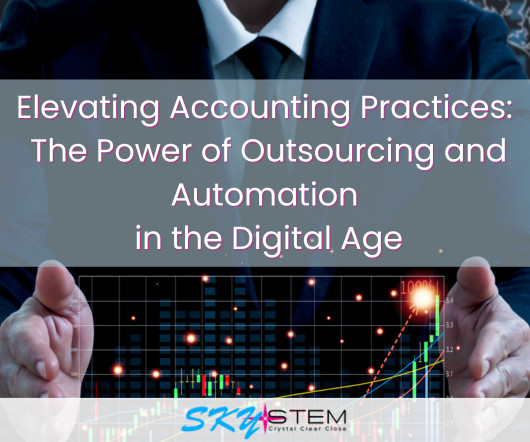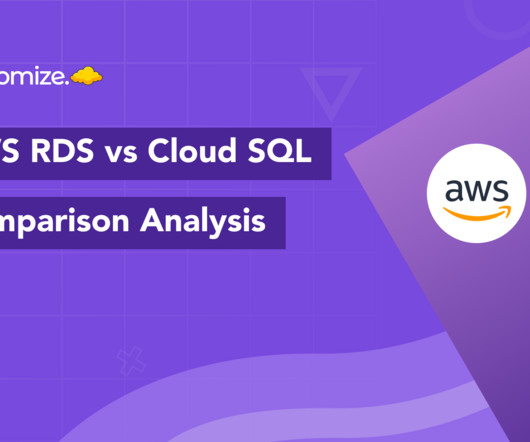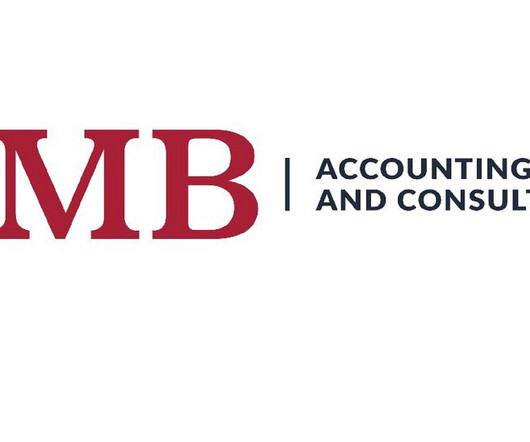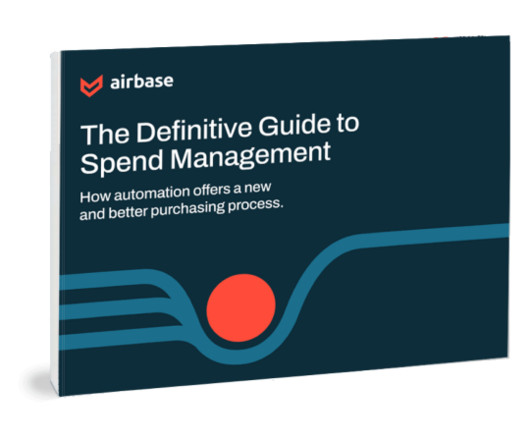Consumer Data Right (CDR) reform presents limitless opportunities for Australia’s small businesses
Intuit
JUNE 16, 2023
As inflation and other economic pressures weigh on Australian small business owners, having access to tools that can help them make smart financial decisions is critical. The best tools should leverage data to provide a personalised experience and give small and medium-sized enterprises (SMEs) the information they need to hire, expand, cut costs, and streamline with confidence.






































Let's personalize your content